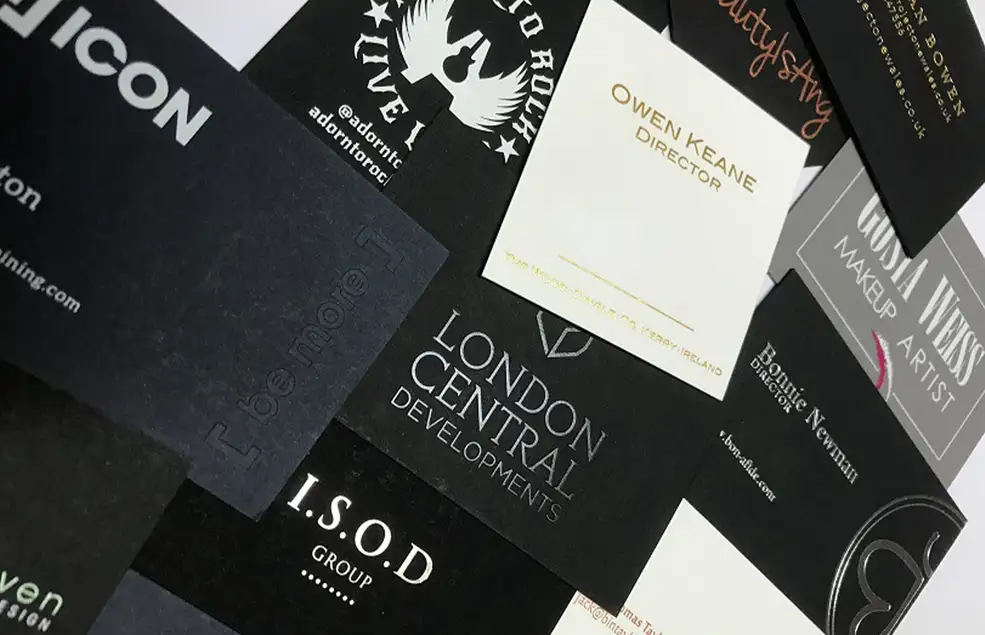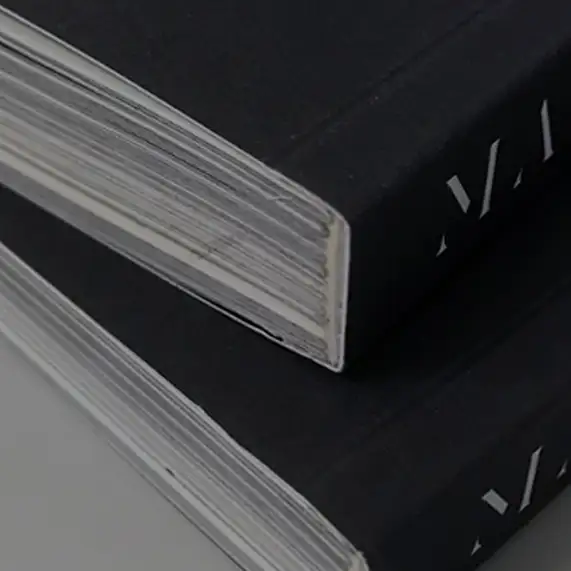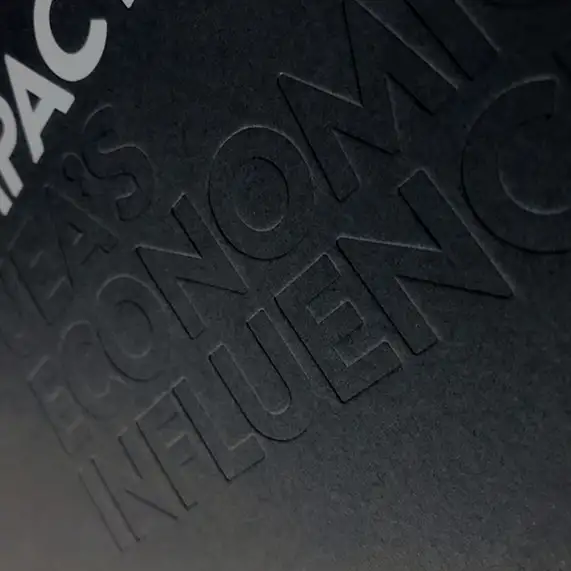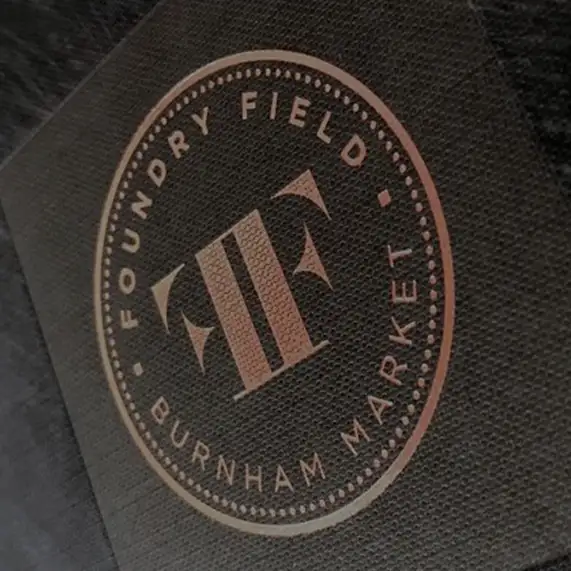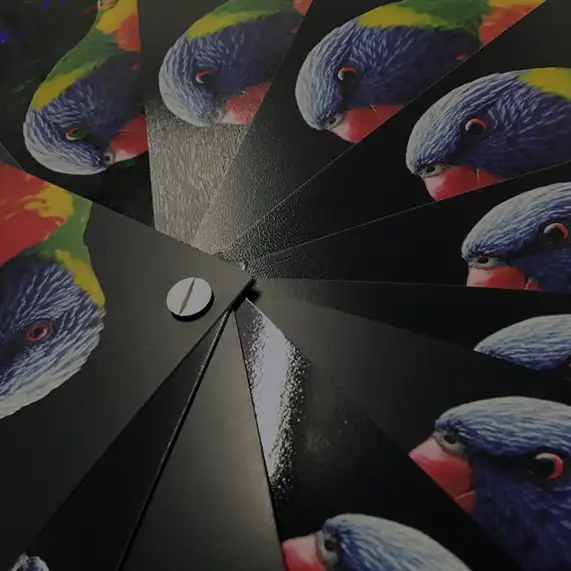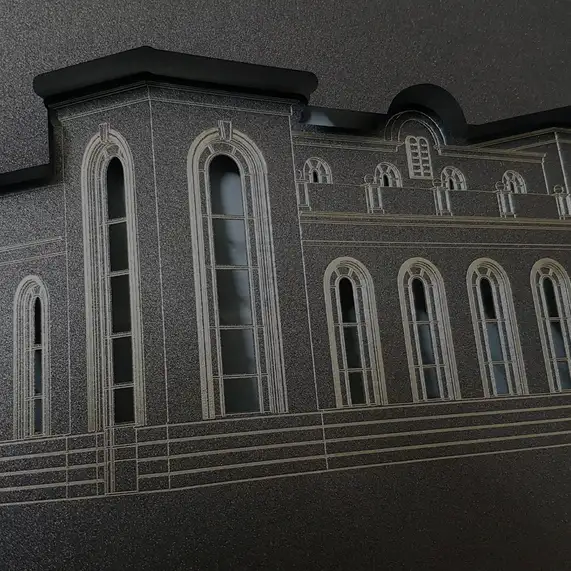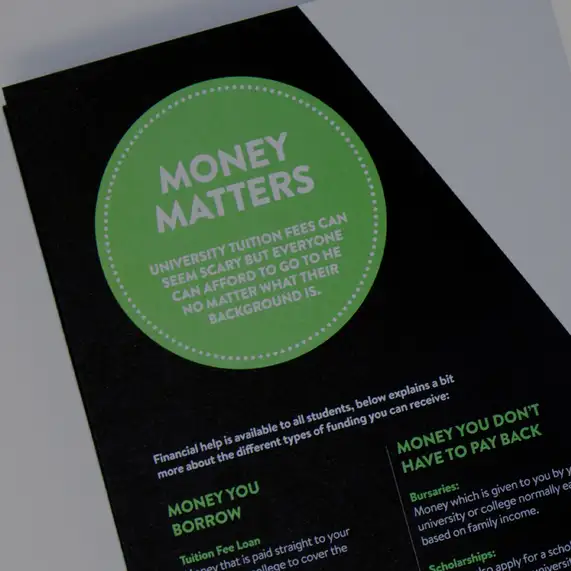Types of foil
There are four main types of foil paper that are used to achieve four very different effects:
Metallic foil
Gold, silver and copper foils may be the most familiar, but metallic foils are also available in colours that you’ll never glimpse in an earthly element: shiny metallic blues, pinks and greens.
Gloss pigment foil
A high-gloss finish that will give a shiny but non-metallic appearance to the area of application. Available in any colour you choose.
Matte pigment foil
For a dull, smooth finish to your area of application, opt for matte pigment.
Holographic foil
Creating the illusion of a 3D image that leaps out of the paper.
To a limited extent, these techniques can be combined, but not all foils work with all others. If you have any queries in this regard, talk to our experts who will be able to help you achieve the look you are after.

